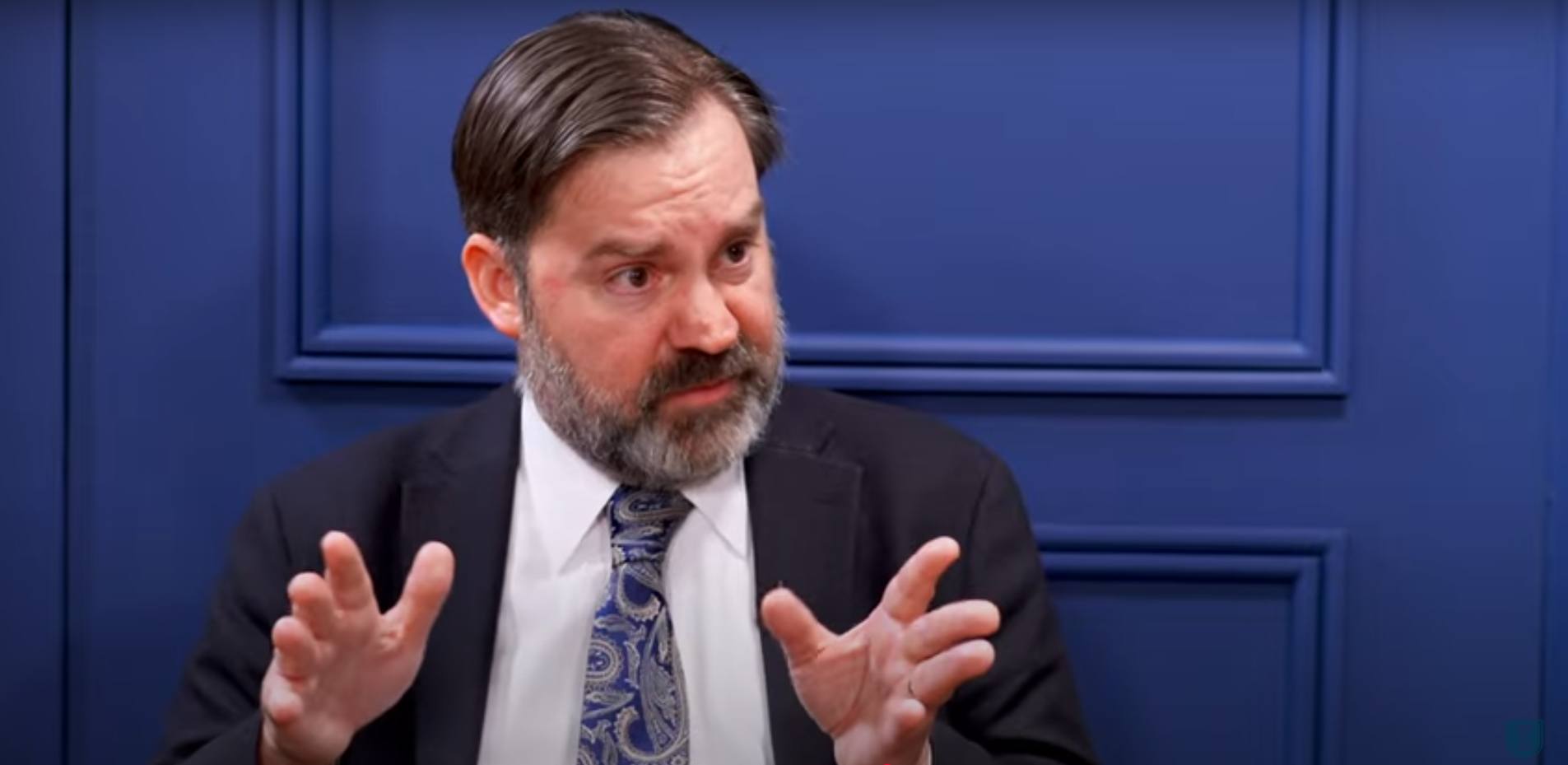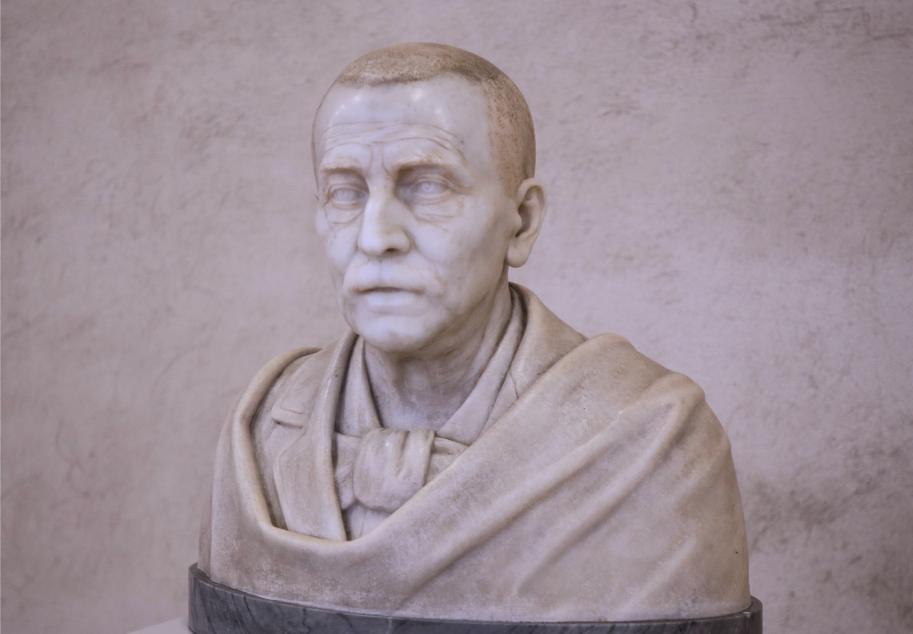On the Plain of Snakes: A Mexican Journey
By Paul Theroux
(Houghton Mifflin Harcourt, 2019)
Mexico, exotic and sinister, inspired travel books by major authors in the twentieth century: D. H. Lawrence’s Mornings in Mexico, Aldous Huxley’s Beyond the Mexique Bay, Evelyn Waugh’s Robbery Under Law, Graham Greene’s The Lawless Roads, and Rebecca West’s Survivors in Mexico. Now Paul Theroux’s timely, fascinating, and humane book challenges them all. He finds Lawrence unrealistic, Huxley supercilious, Waugh rancorous and bilious, Greene exasperated and hostile, West spirited and perceptive but incomplete.
Waugh, in a work commissioned by the British-owned Mexican Eagle Oil Company, attacks the nationalistic expropriation of foreign investments. Greene, condemning the persecution of the Catholic Church, reeks of propaganda and piety, and expresses a pathological hatred for the country and the people.
Theroux follows Lawrence’s precept, “When in doubt, move.” He prefers a spontaneous to a planned trip, rough to comfortable journey, popular to high culture, colloquial to formal style. Stimulated by change and movement, he goes to geographical as well as emotional extremes of temperature, altitude, and distance. He seeks a natural rather than a man-made world, is attracted to traditional people who have no connection with modern machinery, and craves contact with a wild landscape. He believes the thrill balances the dangerous aspects of his journey and willingly endures the incidental beastliness of travel.
In one of his author’s photos, Theroux, born in 1941, wears a red worker’s shirt and straw Stetson hat. He looks like a rough ranchero but refers to himself as an old man. He begins his arduous and potentially perilous car trip to Mexico, for unexplained reasons, in a “mood of dejection and self-pity, feeling shunned, overlooked, ignored, rejected and despised.” Following Kipling’s advice, “Down to Gehenna or up to the Throne / He travels the fastest who travels alone,” Theroux is always a solitary traveler. But he welcomes occasional companions and needs them for information and contacts in remote villages. He keeps a detailed journal, writes up his notes at night, and by the end of the trip has a rough draft of his travel book.
In his two-thousand-mile journey, Theroux zigzags across the border from the Pacific Ocean to the Gulf of Mexico. He then drives south to San Luis Potosí, San Miguel de Allende, Mexico City, and Oaxaca. After a detour to Puerto Vallarta, he travels through the state of Chiapas near the Guatemala frontier—and drives back again. He doesn’t give the dates of his long journeys, which must have cost at least $100 a day for modest food, room, gas and car repairs, tuition for language school, and inevitable extortions. It’s difficult to see how Theroux, even with a substantial advance and magazine sales, could make a profit from this book.
Theroux ignores many well-intentioned warnings and feels the journey is like feasting with panthers: the danger is half the excitement. The law in Mexico is negligible, corruption rampant, violence pandemic, and human life cheap. He is lucky not to be victimized by car damage, robbery, or physical assault, and emerges unharmed with a tale to tell. He shudders through an earthquake, like a storm at sea, and writes, “A sickly threat of upchuck stirred in my throat, and a wiggle under my foot soles loosened my legs, the floor of the room briefly fluid, as if I was up to my ankles in liquid, sinking and flowing sideways.”
The worst of his many horrific rooms, which he could scarcely bear to look at, is “stark and cold, cement block walls, with that sour stink of damp concrete, a hard bed, a dirty floor, a bare bulb hanging from a cord—like a jail cell, but a bargain at $5 a night.” Paradoxically, and always surviving a grim situation, as he lay down “on a slumping mattress with filthy sheets, under a damp mildewed blanket,” he placed his head on a stained pillow and slept like a baby.
He drinks a lot of powerful 40-percent-alcohol mezcal and describes the narcotic effect: “the first sip a knife blade of liquid slipping down my throat and stinging my eyes, the second sip soothing the laceration of the first. The third sip induced a feeling of well-being, warming my face.” Adventurous about food, the old Africa hand is willing to devour almost anything: ants and grasshoppers, worms and owls, testicles and intestines, spikey iguanas and crusty armadillos—despite the memory of “a crow pecking at the red hash in the crushed plating of a roadkill armadillo.” But an apparently safe meal of shrimp and fish produces an epic bout of food poisoning and dysentery: bowel-shattering cramps and “two days and two nights of paralytic misery, made all the more miserable by the humid heat, 97 degrees in the shade most days and the unbreathable night air” thickened with noise and smoke. Nevertheless, the unstoppable writer pours out a story as a therapeutic distraction.
A moving target, Theroux suffers four extortions. He’s stopped in lawless Mexico City by a menacing and omnipotent motorcycle cop, who leads him to a remote slum and threatens him by exclaiming, “I can take your car. I can do what I want with you.” He demands $50, and when Theroux unconvincingly claims he hasn’t got the cash, he instantly raises the bounty to $300, forces the victim to fork out, and provides a legalistic receipt. Theroux is actually to blame for the next two mordidas. He must pay on the spot $240 for opposing traffic on a one-way street and an undisclosed sum for driving in a bicycle zone. Finally, as he’s leaving Mexico, he extracts a refund for his Vehicle Importation Permit but has to pay $180 for an immediate renewal of his visa. It’s not clear why he needs a new visa and why he can’t get one for much less money at a Mexican consulate in Texas.
Despite these bitter extortions, Theroux—like Mr. Toad racing madly about in The Wind in the Willows—felt “the joy of the open road—joy verging on euphoria. . . . [He] was moving and that was the great thing.” He also realizes that a fearful state is more interesting to read about than a happy mood. En route, Theroux, master of vivid details, sees far out and in deep. He describes a dead scorpion encased in a belt buckle and cacti, like monumental menorahs, giving him the finger. He’s intrigued by so-called muxes: straight men who dress as women, do female jobs, and satisfy male fantasies as prostitutes.
Along the way, especially in his Spanish class, Theroux offers some personal revelations. He disliked his mother’s cooking, was bored in church and school, avoided university teaching as a writer in residence. He has two tattoos, composes in longhand, gets the most pleasure from the act of creation—from turning a blank page into a published work—and has a special feeling for anyone close to his age. He convincingly demolishes magic realism in fiction as “once gushed over, now seeming somewhat dated and pretentious,” and calls the Mexican novelist and diplomat Carlos Fuentes a radically flawed guerrilla dandy.
Issues and errors
A few flaws appear in this impressive book. There’s a lot of repetition that should have been cut. Theroux mistranslates, from his too-polite informants, a few obscene words in Spanish. Some points can be illuminated through works of art. The strangely carved Christ figure, “his body contorted, one bloody elbow a pivot, his agonized face twisted and uplifted,” is a classic contrapposto pose. In a village, Theroux sees “two women carrying pitchers on their shoulders, the girls carrying clay bowls, a sudden biblical glimpse.” Sandro Botticelli portrayed two similar biblical women drawing water at a well in The Youth of Moses. The painting of the martyred Father Miguel Pro, “his arms extended as though crucified, being shot by a firing squad,” is clearly modeled on Francisco Goya’s The Third of May, 1808.
Theroux doesn’t note that the whorehouse district in Nuevo Laredo on the Mexican border is called Boys Town, an ironic echo of the orphanage in Nebraska. He cannot find a vineyard called Star Wines in Santa Rosa, California, but Red Star Vineyards is located there. In a strange contradiction, Theroux remarks, “not many writers become diplomats” and four pages later adds, “a great number of male writers besides Fuentes and [Octavio] Paz have been diplomats.” In fact, James Russell Lowell (America), Paul Claudel and Saint-John Perse (France), George Seferis (Greece), Gabriela Mistral and Pablo Neruda (Chile), and Miguel Asturias (Guatemala) were all distinguished diplomats.
Theroux writes with savage indignation about the crisis of illegal immigration. He wants to dispel the American stereotypes of Mexico, yet admits the country is “violent, dangerous and histrionic” and had thirty thousand murders in 2017. Since America wants drugs and cheap labor, the narcotics cartels fight to own the border. These ruthless gangs are notorious for their massacres, killing of police, “executions, lynchings, disembowelings and beheadings.” The human heads are displayed in public, like the skulls that decorate Kurtz’s fence in Conrad’s Heart of Darkness. Though violence propels most Central American immigrants to make the dangerous border crossing, most Mexicans are driven by poverty. They think the idea of a wall, our government’s obsession, is absurd. “Show me a thirty-foot wall,” they say, “and I will show you a thirty-five-foot ladder.”
The coyotes’ price for smuggling poor people across the frontier varies considerably, depending on the service: from a basic border-crossing, to being escorted to a safe house and given a haircut and English lessons. But the human cost can be much greater. One woman who couldn’t pay offered her body. One man, on his way through the via dolorosa of the desert, “saw dead bodies, just lying on the ground. Dead from thirst. Not buried.” Thousands of people simply disappeared, “kidnapped, abducted, lifted, deleted, never to be heard from again.” Theroux doesn’t explain why the illegales risk death through dangerous crossings instead of taking the far easier route through Nogales—just desert, no fence, and lightly patrolled. In several places, the Rio Grande is only fifty yards wide, slow moving and swimmable.
Though Theroux did not see the primitive Mithraic ritual of the bullfight and ignores the Aztecs’ human sacrifice, he admires the Indians’ adherence to their ancient traditions in their remote villages. But these sacred customs, compounded with religious superstition—he calls baptism “ritual moistening”—have for centuries kept the Indians in ignorance and poverty. Despite all the hardships and horrors, Theroux ends positively and sees “chaos crystallizing to harmony.” He is impressed by the Mexicans’ “bravery, and the ways in which they sustained themselves through work and family, without much help from the government,” and he admires “the traditional hospitality, the varieties of food, the elaborate fiestas, the gusto of the language, the consolations of faith.” His hazardous journey on the plain of snakes may well inspire him, as it inspired Lawrence and Greene, to write a novel about Mexico.
Jeffrey Meyers, fellow of the Royal Society of Literature, has published fifty-four books. His most recent is Resurrections: Authors, Heroes—and a Spy.
Founded in 1957 by the great Russell Kirk, Modern Age is the forum for stimulating debate and discussion of the most important ideas of concern to conservatives of all stripes. It plays a vital role in these contentious, confusing times by applying timeless principles to the specific conditions and crises of our age—to what Kirk, in the inaugural issue, called “the great moral and social and political and economic and literary questions of the hour.” Subscribe to Modern Age »














